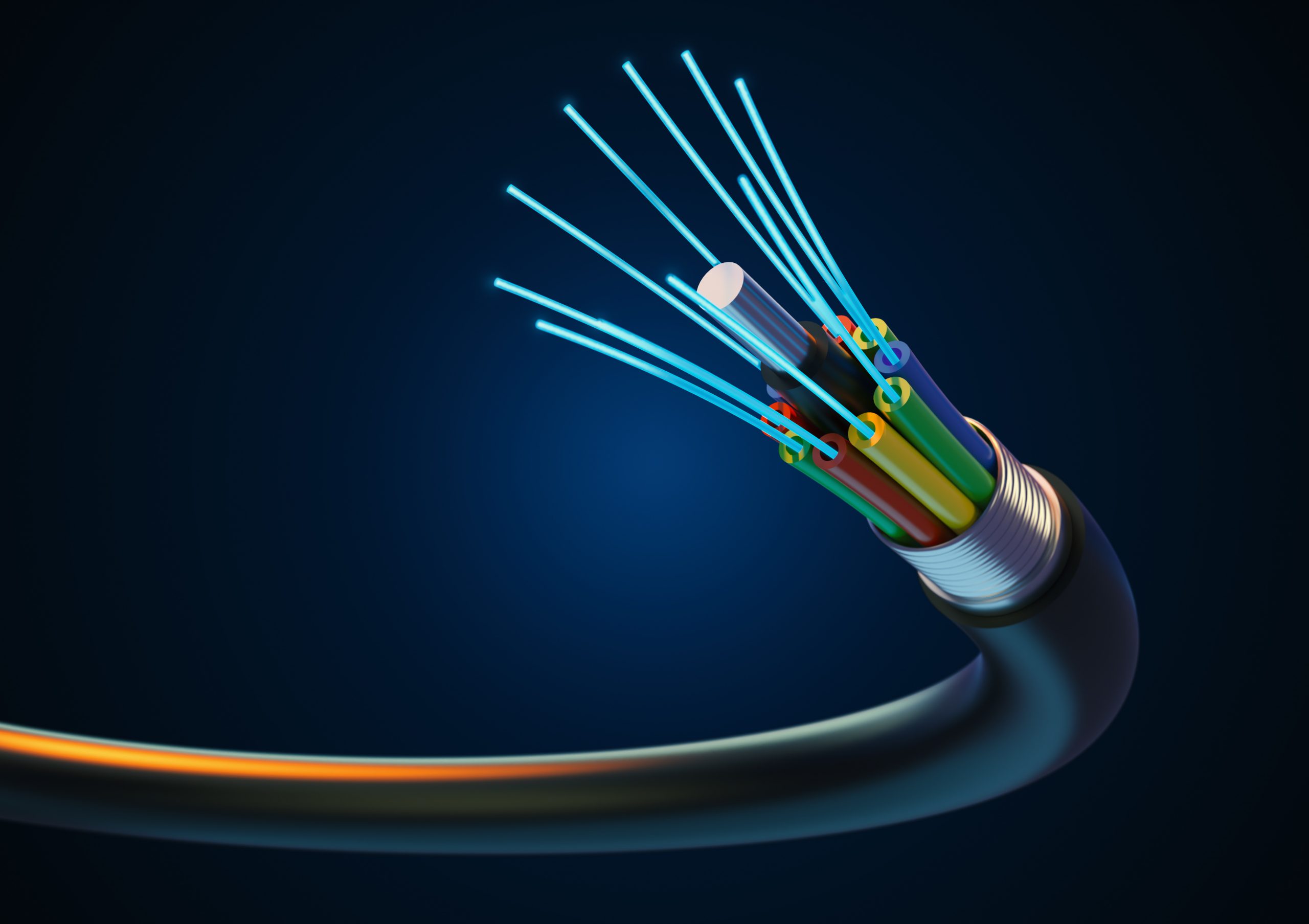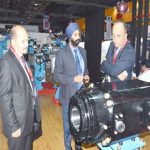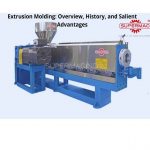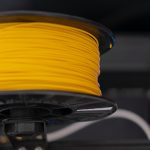Over the past 20 years, the world has turned into a global village with high-speed communication governing our lives. Under this scenario, both individuals and enterprises are experiencing the need for remaining connected at all times. All this has set the demand for ultra-high-speed internet services not only with qualitative attributes but also consistency. Further, various innovations in the telecom industry around the globe have increased the need for broadband-based network architectures. This all has resulted in never-before growth opportunities for the Indian and global optical fiber cables industry.
This blog discusses the complete art and science behind optical fiber and optical fiber cables:
What is optical fiber?
Optical Fiber is hair-meagre material made of glass. For the most part, optical fiber has a width of 125 micrometres which is the diameter of the cladding, or external reflecting layer. The centre, or inward transmitting chamber, may have a lot more modest width (sometimes 10 micrometres). Through the course of complete inside reflection, light beams are reflected into the filaments inside the centre. This can occur for significant stretches with little constriction or decrease in thickness. The level of constriction shifts as per the frequency with little lessening or attenuation in intensity.
What are optical fiber cables?
A fibre-optic cable is made out of extremely flimsy strands of glass or plastic is known as optical filaments; one cable can have as not many as two strands or upwards of a few many them. These optical fiber cables transmit data as information between two spots utilizing optical or light-based innovation.
When the light bars travel down the optical fiber cables (OFC), they would arise at the opposite end. A photoelectric cell will be required to transform the beats of light once more into electrical data the computer can comprehend. While travelling down fibre optic cable, light skips over and again off the walls.
The light emission doesn’t spill out of the edges since it hits the glass at some truly shallow points. And afterwards, it reflects again as though the glass were actually a mirror. This is called absolute inward reflection. The other factor that keeps it in the line is the cable structure.
Fibre cables offer a large number of benefits, the excellent ones being higher transfer speed and reach. Optical fiber cables (OFC) are currently preferred over old copper telecom cables as they offer high-velocity broadband services. Optical fibre loses 3% of the transmission over 100 meters of distance, while copper wires lose 94%.
Furthermore, optical strands are all the more enduring in comparison to copper wires, which are significantly more delicate. Copper wire can be tapped effectively, while optical filaments don’t transmit signals that can be tapped. Optical fibres also offer a lot lower latency (the time expected to perform information transmission) compared to copper wires.
What are the different types of fibre optic cables?
Give below are 3 major factors on which the classification of optical fiber cables is done:
- The refractive index
- The materials used, and
- The mode of propagation of light.
The basis of the refractive index OFC is of two types:
- Step Index Fibers: it is made up of a core which is enclosed by the cladding while having a single uniform index of refraction.
- Graded Index Fibers: The refractive index of the optical fibre lessens as the radial distance from the fibre axis increases.
Based on materials, optical fiber cables are of two types:
- Plastic Optical Fibers: Poly (methyl methacrylate) is broadly utilized as a core material for the transmission of light.
- Glass Fibers: This fibre cable is made up of highly fine glass fibres.
Based on the mode of propagation of light, optical fiber cables are divided into the following categories:
- Single-Mode Fibers: These OFCs are utilized for long-distance transmission of signals.
- Multimode Fibers: These OFCs are utilized for short-distance transmission of signals.
Some of the major differences between multimode and single-mode fibre optic cable
Based on the type of product, the market can be segregated into single-mode fibre and multi-mode fibre. Single-mode optical fibre permits one kind of light mode to be proliferated at a time. However, multi-mode fibre cables can engender different modes. Multi-mode optical fibre can be utilized for brief distance runs, while single-mode fibre cables can be utilized for significant distance applications. Consequently, the mode fibre portion is supposed to develop a lot quicker during the forecast time frame inferable from their significant distance applications and low establishment costs when compared to multi-mode fibre.
Single-mode fibre optic cable’s core diameter (9 µm) is a lot more modest than multimode fibre (50 µm and 62.5 µm). Typically, its core diameter across is 9 µm. This empowers the multimode fibre to have a higher “light-gathering” capacity and work on connections. The cladding distance across single mode and multimode fibre is 125 µm.
How are fiber optic cables deployed?
Today’s digital life is reaching a new high while calling for high-speed connectivity in more areas of society as well as businesses. Some of the major types of fibre optic deployments include the following:
- Fibre to the Home (FTTH) or Fiber to the Premise (FTTP)
- Fibre to the Building (FTTB)
- Fibre to the Node (FTTN)
- Fibre to the Curb or Cabinet (FTTC)
- Fibre to the Antenna (FTTA)
- Fibre to the Desk (FTTD).
Concluding Remarks
Supermac Industries (India) Limited, established in the year 1974, emerged from the shared vision of its co-founders, Mr. Harbhajan Singh and Mr. Kamarjit Singh, who dreamed of becoming premium suppliers of manufacturing systems and process technologies to various extrusion industries worldwide. Today, the company caters to numerous industries in the cables sector such as power, optical fibre, house wiring control cables and medical lines. The company boasts of a diversified product portfolio that includes a complete range of extrusion machines, crossheads, caterpillars, capstans, screws and barrels, take-ups and pay-offs, and fibre machine. For more details, one can visit the website of company.





